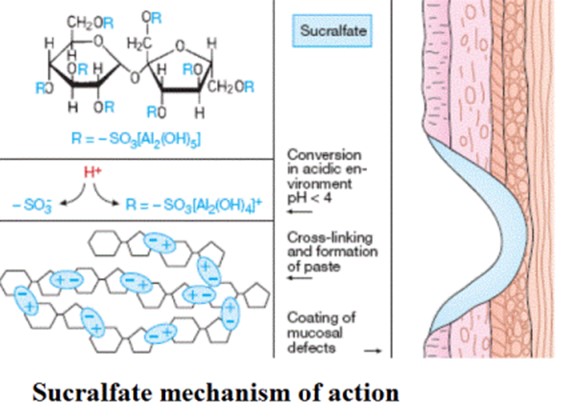A nurse is collecting data from a client who has been taking esomeprazole for several months. Which of the following client statements should the nurse identify as indicating effectiveness of the medication?
"My feet are no longer sore and itchy."
"I can move my joints more easily."
"My bowel movements have increased in frequency and are much softer."
"I don't have pain in my stomach anymore."
The Correct Answer is D
Esomeprazole is a proton pump inhibitor (PPI) medication commonly used to reduce stomach acid production. It is prescribed for conditions such as gastroesophageal reflux disease (GERD) and stomach ulcers. One of the primary goals of esomeprazole is to alleviate stomach pain and discomfort associated with excessive stomach acid.
The other statements mentioned are not directly related to the effectiveness of esomeprazole: "My feet are no longer sore and itchy": Sore and itchy feet are not typical symptoms relieved by esomeprazole. This statement does not indicate the medication's effectiveness.
"I can move my joints more easily": Improved joint mobility is not a direct effect of esomeprazole. This statement does not relate to the medication's purpose.
"My bowel movements have increased in frequency and are much softer": Esomeprazole primarily affects stomach acid production and is not directly related to bowel movements. This statement is not indicative of the medication's effectiveness.
Nursing Test Bank
Naxlex Comprehensive Predictor Exams
Related Questions
Correct Answer is A
Explanation
Sucralfate works by forming a protective barrier or coating over the surface of the ulcer. It adheres to the ulcer site and provides a physical barrier that protects the ulcer from gastric acid, pepsin, and bile salts. This protective barrier allows the ulcer to heal by preventing further damage and irritation from the stomach acid.

Correct Answer is C,A,D,E,B
Explanation
To pour the sterile solution onto a piece of gauze, the nurse should perform the steps in the following order:
1. Pick up the bottle with the label facing his palm.
2. Remove the bottle cap.
3. Pour 1 to 2 mL into a receptacle.
4. Pour the solution onto the gauze.
5. Place the bottle cap inside up on a clean surface.
It is important to maintain sterility throughout the procedure to prevent contamination. By following this order, the nurse ensures that the solution is poured onto the gauze while minimizing the risk of contamination. Placing the bottle cap inside up on a clean surface after removing it helps maintain the sterility of the cap as well.
Whether you are a student looking to ace your exams or a practicing nurse seeking to enhance your expertise , our nursing education contents will empower you with the confidence and competence to make a difference in the lives of patients and become a respected leader in the healthcare field.
Visit Naxlex, invest in your future and unlock endless possibilities with our unparalleled nursing education contents today
Report Wrong Answer on the Current Question
Do you disagree with the answer? If yes, what is your expected answer? Explain.
Kindly be descriptive with the issue you are facing.
